-
Iron replenishes the iron stores in the body and supports the production of haemoglobin Folic acid helps the body make red blood cells which ensures a proper supply of oxygen to the body parts Vitamin B12 can help support brain health and boost nerve myelination. It is an essential nutrient that helps the body make healthy red blood cells and nerve cells The tablet can help in red blood cells development and contains a vital mineral that is required for haemoglobin formation It aids in oxygen transportation from the lungs to the whole body It improves energy and focus and can also help with various bodily functions 🏥 Prescription Required
- Vendor:
₹149.00
113
-
Iron replenishes the iron stores in the body and supports the production of haemoglobin Folic acid helps the body make red blood cells which ensures a proper supply of oxygen to the body parts Vitamin B12 can help support brain health and boost nerve myelination. It is an essential nutrient that helps the body make healthy red blood cells and nerve cells The tablet can help in red blood cells development and contains a vital mineral that is required for haemoglobin formation It aids in oxygen transportation from the lungs to the whole body It improves energy and focus and can also help with various bodily functions
- Vendor:
₹149.00






































































































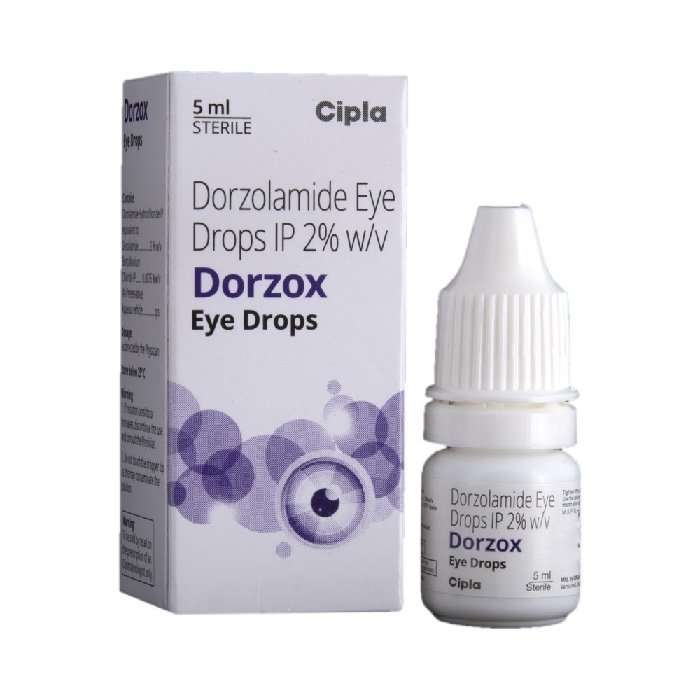
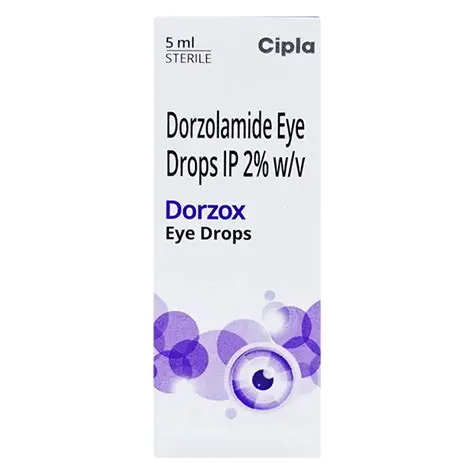
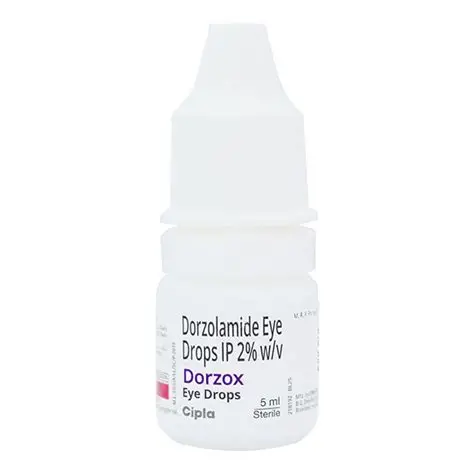
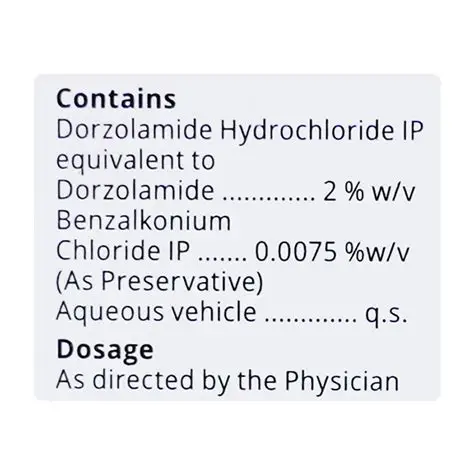
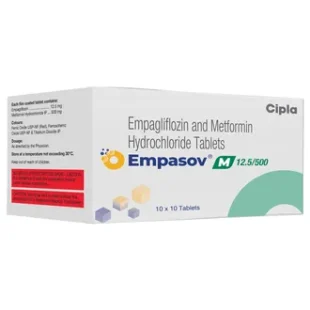

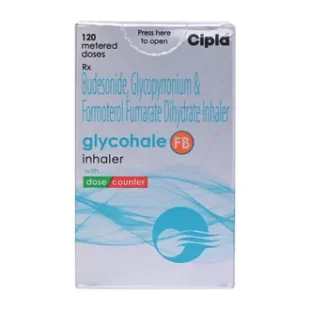

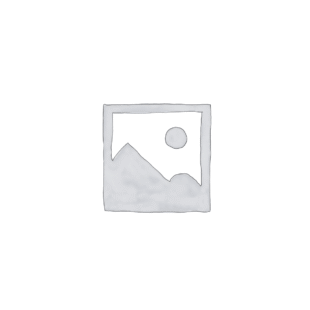

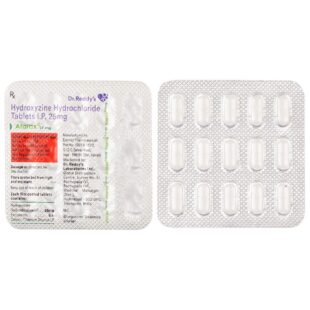
Reviews
There are no reviews yet.